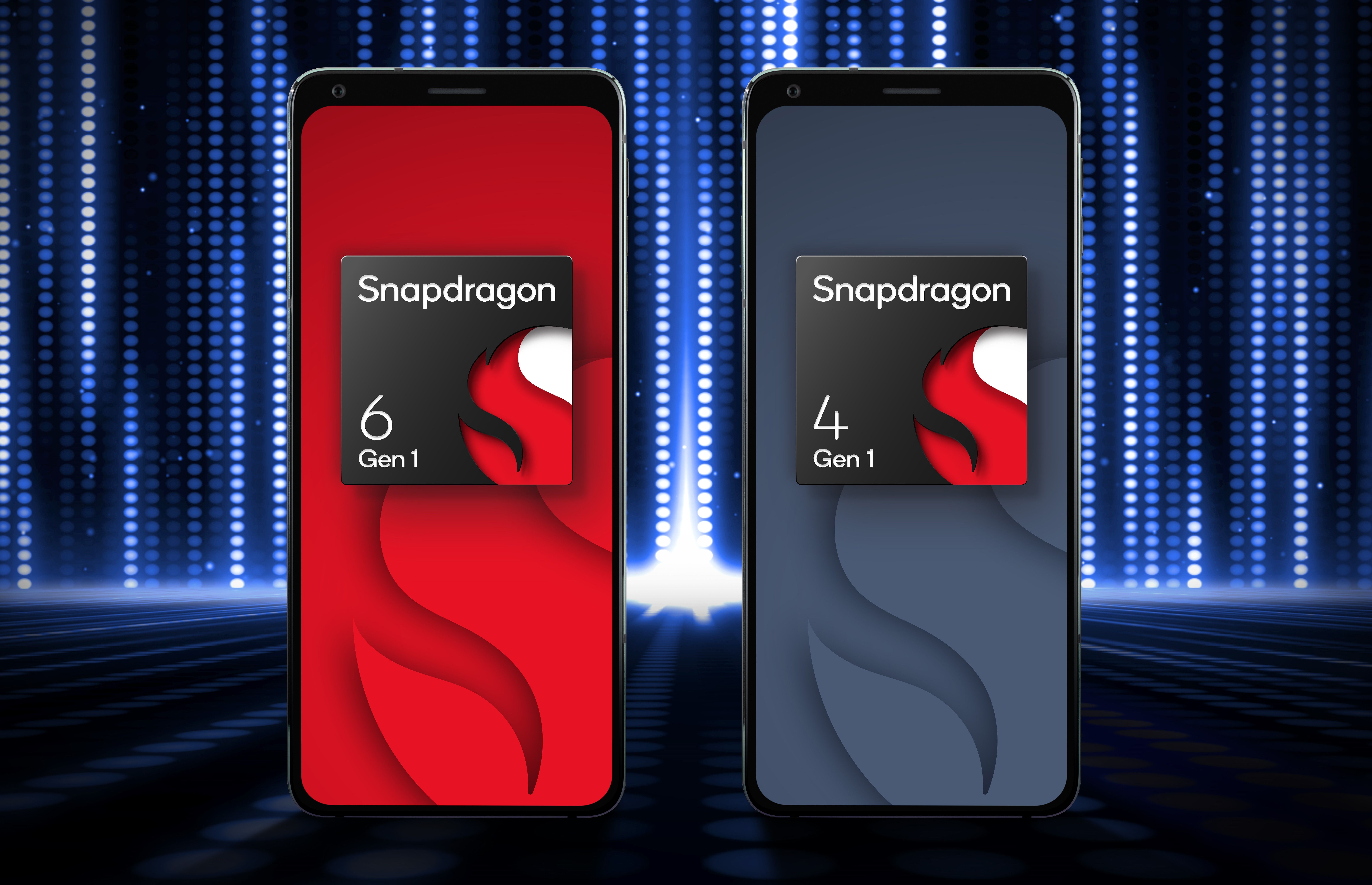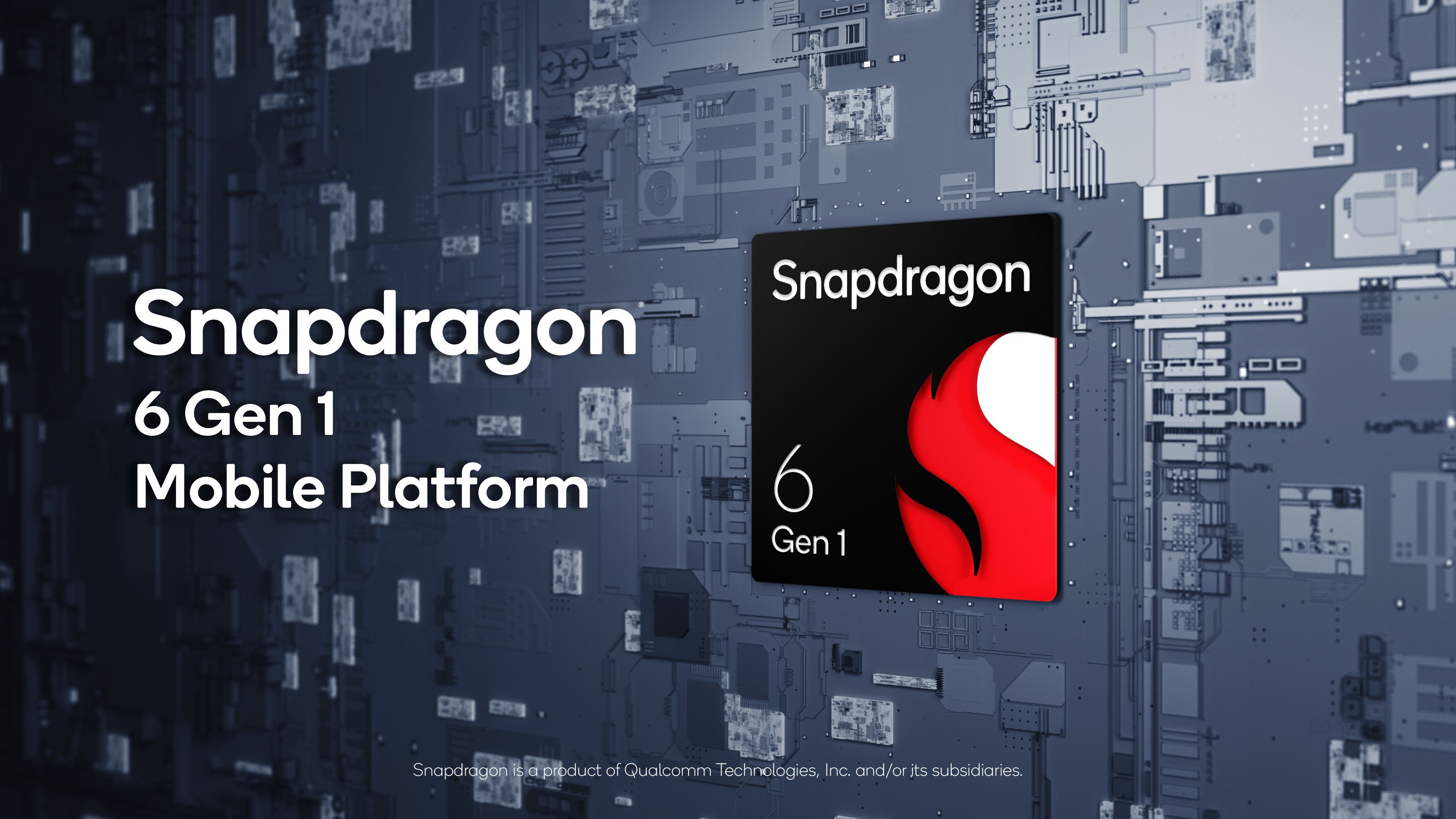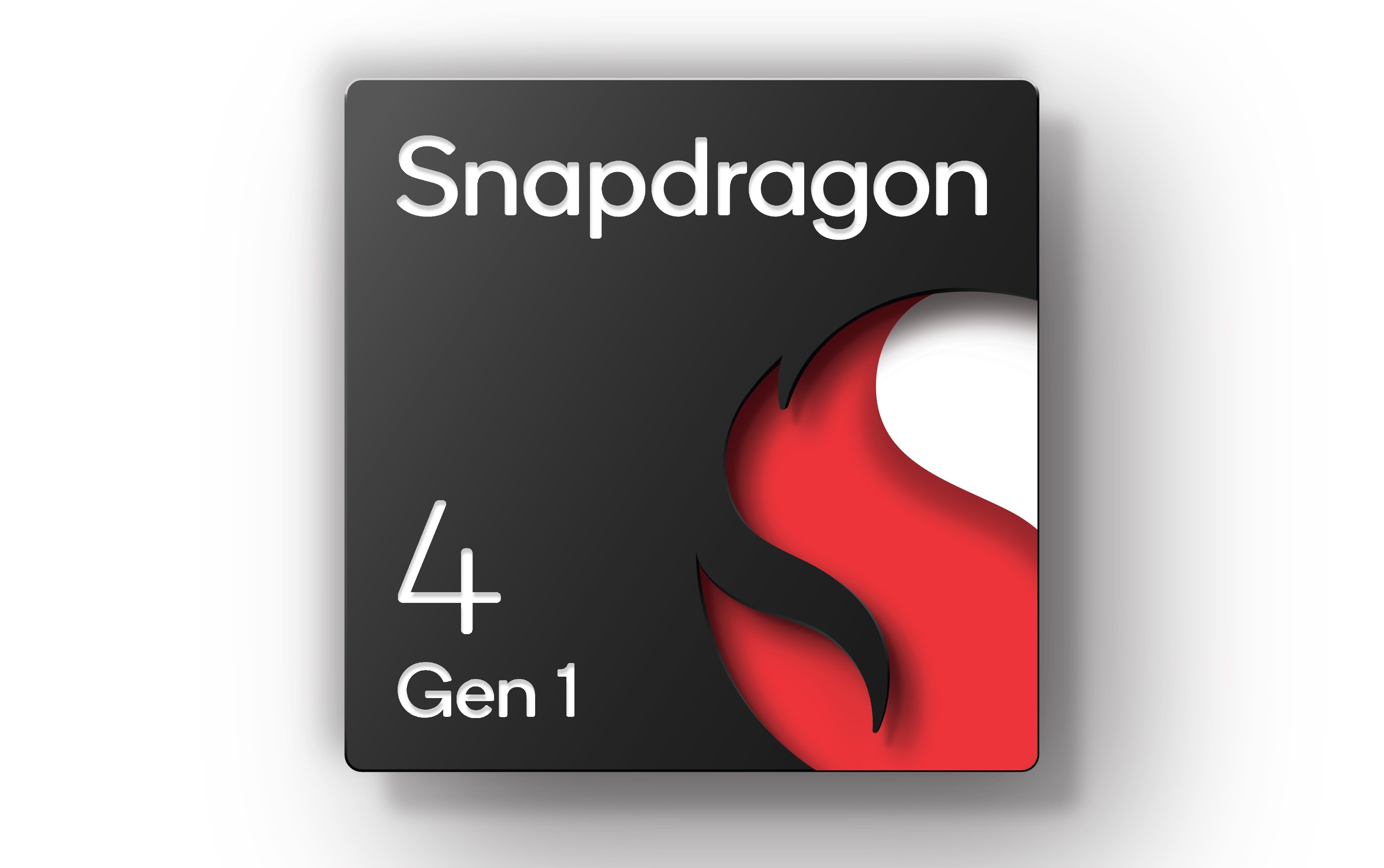Qualcomm has spent the last year rebranding its processor lineup one chip at a time. Kicking things off with the Snapdragon 8 Gen 1 last December, we've since seen a successor and a midrange model in the Snapdragon 7 Gen 1 chipset. As we approach the last few months of the year, it's time for Qualcomm to introduce the chips that'll power next-gen budget devices.
The Snapdragon 6 Gen 1 is undoubtedly the more exciting of today's two new chips. The next entry in the 600 series — and a successor to last year's Snapdragon 695 5G — this 4nm SoC is bound to land in some of next year's best affordable Android phones. Rather than just focusing on performance leaps, the first rebranded 6-series chipset is focused on camera and AI improvements.
Devices powered by this chip can capture three images at once using Qualcomm's Spectra triple ISP. It'll snap photos as large as 200MP and record videos with computational HDR support. This chipset is also the first 6-series entry to feature 4K HDR video capture. Meanwhile, its 7th-gen AI Engine provides results up to three times faster, all while offering reduced power drain.
That's not to say there aren't any performance gains here. With a 35% speed increase in graphics rendering and 40% faster processing from a 2.2 GHz Kyro processor, Qualcomm says this chip can deliver 60 FPS experiences while gaming in HDR. And, since it's a modern processor, it supports 5G — including sub-6 and millimeter wave — Bluetooth LE Audio, and Wi-Fi 6E with its Snapdragon X62 5G modem and FastConnect 6700 system, respectively.
We'll have to wait until Q1 2023 to get our hands on the first round of devices powered by Snapdragon 6 Gen 1, but at least one company is committing to building it into its phones. Motorola confirmed it'll remain a partner with Qualcomm, relying on this SoC to deliver a "balance between performance and affordability."
It's not the only chipset the company announced today. The 6nm Snapdragon 4 Gen 1 might not sound as attractive on paper — especially if you prefer to buy flagships over budget phones — but it should provide a much-needed boost to low-end Android devices. It features a 10% improvement in GPU performance and a 15% boost in CPU performance over last year's Snapdragon 480 Plus. Photo processing is a focus here too, with support for 108MP images and 13MP triple camera arrays. While the 4-series still can't record in 4K, but 1080p at 60 FPS is supported.
iQOO is the first company to announce its support, though we'll likely see more brands jumping on after it releases this quarter.



